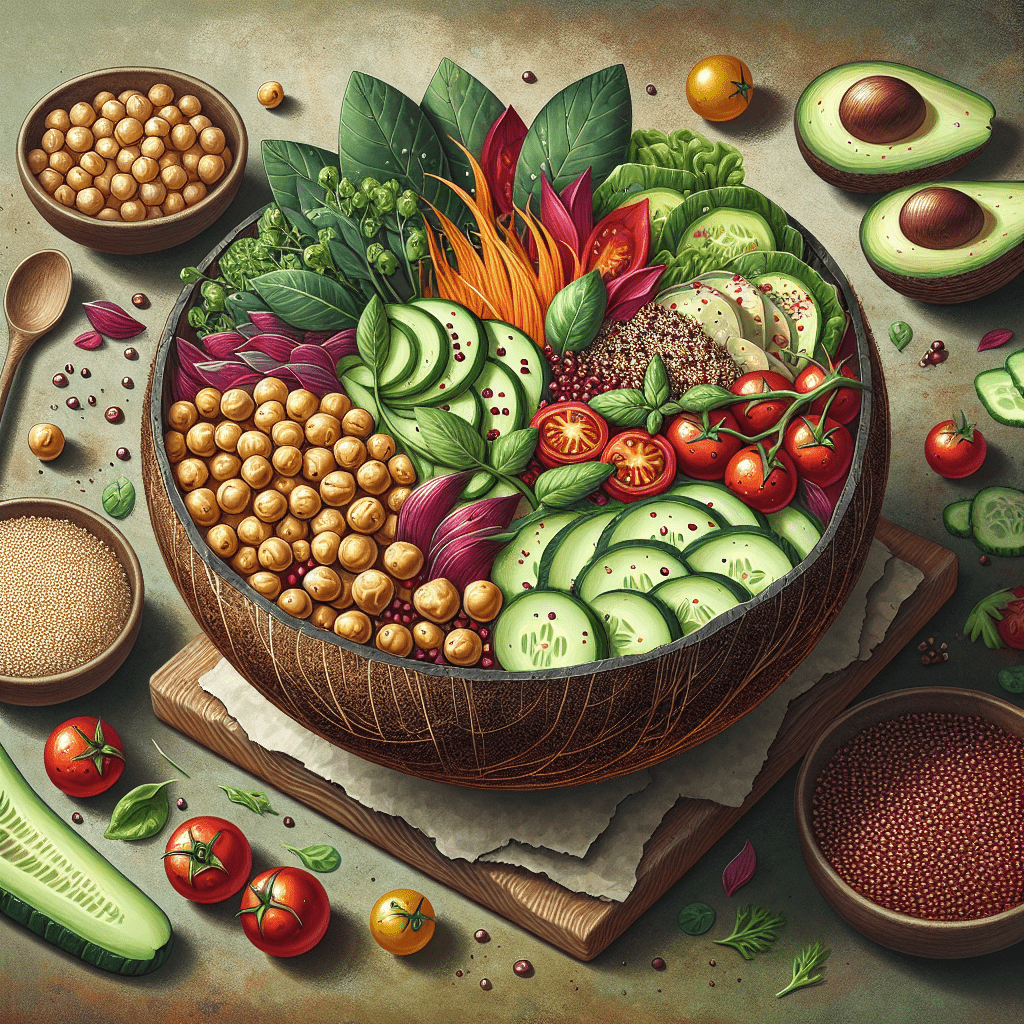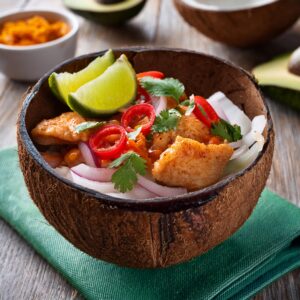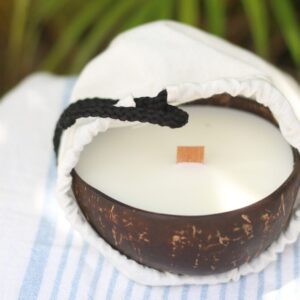How To Make A Buddha Bowl
Buddha bowls, also known as grain bowls or nourish bowls, have become increasingly popular in recent years due to their versatility and nutrient-packed ingredients. These colorful and balanced bowls typically consist of a variety of vegetables, grains, proteins, and dressings, making them not only visually appealing but also incredibly satisfying and nourishing. If you’re looking to make your own Buddha bowl at home, here’s a simple guide to get you started.
Step 1: Choose Your Base
The first step in creating a Buddha bowl is to choose a base ingredient. This can be any type of grain such as quinoa, brown rice, farro, or couscous. You can also opt for leafy greens like spinach or kale if you prefer a lighter option. Cook the grains or greens according to the package instructions and set them aside.
Step 2: Add Protein
Next, it’s time to add a source of protein to your Buddha bowl. This can be in the form of tofu, tempeh, chickpeas, black beans, grilled chicken, or salmon. If using tofu or tempeh, consider marinating and baking or sautéing them for added flavor. If using beans or legumes, simply drain and rinse them before adding to the bowl.
Step 3: Incorporate Vegetables
One of the defining features of a Buddha bowl is the colorful array of vegetables it contains. Feel free to mix and match your favorite vegetables such as roasted sweet potatoes, steamed broccoli, sautéed bell peppers, shredded carrots, sliced cucumbers, or raw cherry tomatoes. The key is to include a variety of textures and flavors to keep the bowl interesting.
Step 4: Add Healthy Fats
To enhance the flavor and satiety of your Buddha bowl, consider incorporating healthy fats such as avocado slices, toasted nuts or seeds, or a drizzle of olive oil. These additions not only provide essential nutrients but also contribute to a more satisfying eating experience.
Step 5: Top with Dressing
The final touch to your Buddha bowl is the dressing. You can use store-bought dressings or make your own using ingredients like tahini, lemon juice, olive oil, soy sauce, or balsamic vinegar. Drizzle the dressing over the assembled bowl or serve it on the side for individual customization.
Step 6: Get Creative
While the above steps provide a basic framework for creating a Buddha bowl, don’t be afraid to get creative and customize it to your liking. Consider incorporating additional elements such as pickled vegetables, fresh herbs, fruit slices, or fermented foods for added complexity and depth of flavor.
In conclusion, making a Buddha bowl at home is a simple and enjoyable process that allows for endless creativity and personalization. By following these steps and experimenting with different ingredients, you can create a nourishing and visually stunning meal that is as satisfying to eat as it is good for you.
Tips:
Grains
Seek out whole grains, such as brown rice, farro, buckwheat, millet, rye berries, black rice, wheat berries or quinoa.
An easy approach is to pick one grain for the week and make a big batch on Sunday. Cooked grains last 5 to 6 days in the fridge.
Veggies
Vegetables should take up ¼ of your bowl: Beets, winter squash, leeks, carrots, broccoli, mushrooms, pumpkin, brussels sprouts, turnips, sweet potatoes, broccoli, cauliflower, cucumbers, cabbage, tomatoes, mushrooms, sliced radishes, zucchini, peppers and/or onions
Greens
Leafy greens should take up ¼ of your bowl: spinach, kale, collard greens, mustard greens
Healthy Fats
Avocado, Almonds, Chestnuts, Pecans, Walnuts, Hazelnut, Sunflower Seeds, Salmon, Olives
Proteins
Vegetarian Proteins- Beans, Tofu, Chickpeas
Animal Proteins- Lean Fish, Chicken
Dressings
Toppings and sauces: fresh cilantro, chives, mint, parsley, kimchi, nutritional yeast, cheese, soy sauce, yogurt, olive oil, avocado oil, lemon juice, tahini, hummus, sesame seeds, toasted garlic




